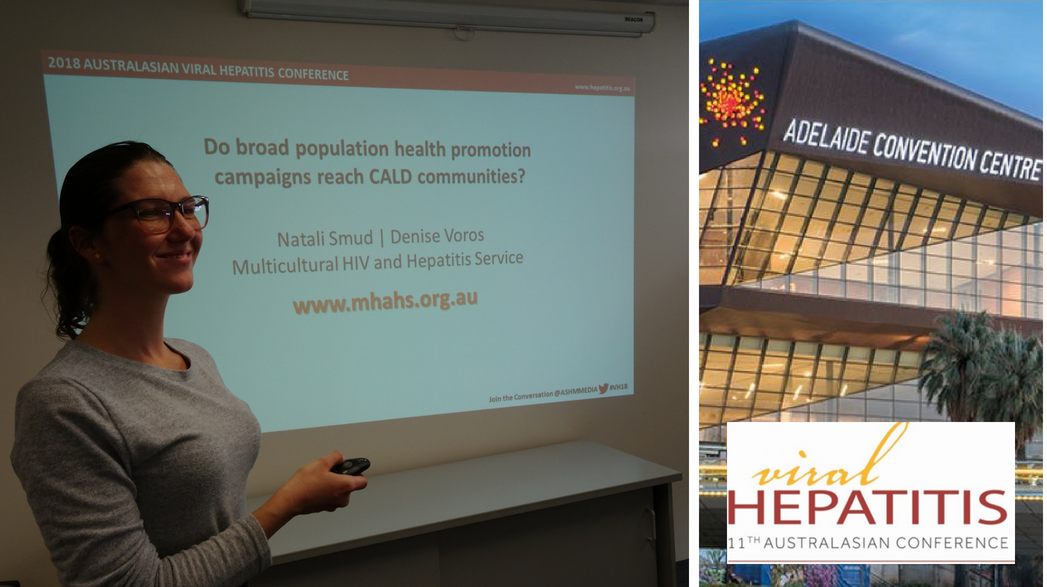Aimed at improving health communication practices at the population health level, the paper comes after recent statewide campaigns in which the MHAHS successfully worked with diverse communities.
The paper offers useful insights into what needs to be done to make our campaigns more inclusive, according to MHAHS Health Promotion Officer, Natali Smud, the paper's presenter.
“The top-down approach to reach diverse communities has not met with the intended success it aimed for. For a more sustainable engagement and success, our plans need to be owned by everyone, including people from diverse cultural backgrounds. A hierarchical approach will not serve our purpose. As health care service providers, we need to find a different way to engage if we are to meet important goals such as eliminate viral hepatitis transmission by 2030,” said Dr Smud.
MHAHS learnings from previous campaigns
We learnt that imposing pre-developed messages meant for the broader community - even while adapting them to fit CALD communities - diminishes the messages’ impact. We need to comprehend One size does not fit all. To improve upon it, this year, we consulted and involved the communities in an early stage of the process. The mainstream Live Hep C free campaign focused on sharing injecting equipment as the main mode of hepatitis C transmission. Our campaign Live free of Hepatitis C re-developed and tailored the messages for each community.
The MHAHS will also present two posters titled Mobilisation Of CALD Communities Around Sensitive Issues and Hep B: Could it be me? An inclusive communications strategy promoting hepatitis B testing in diverse communities at the same conference.
Follow the MHAHS Facebook page to keep upto date with the 11th Viral Hepatitis Conference.

